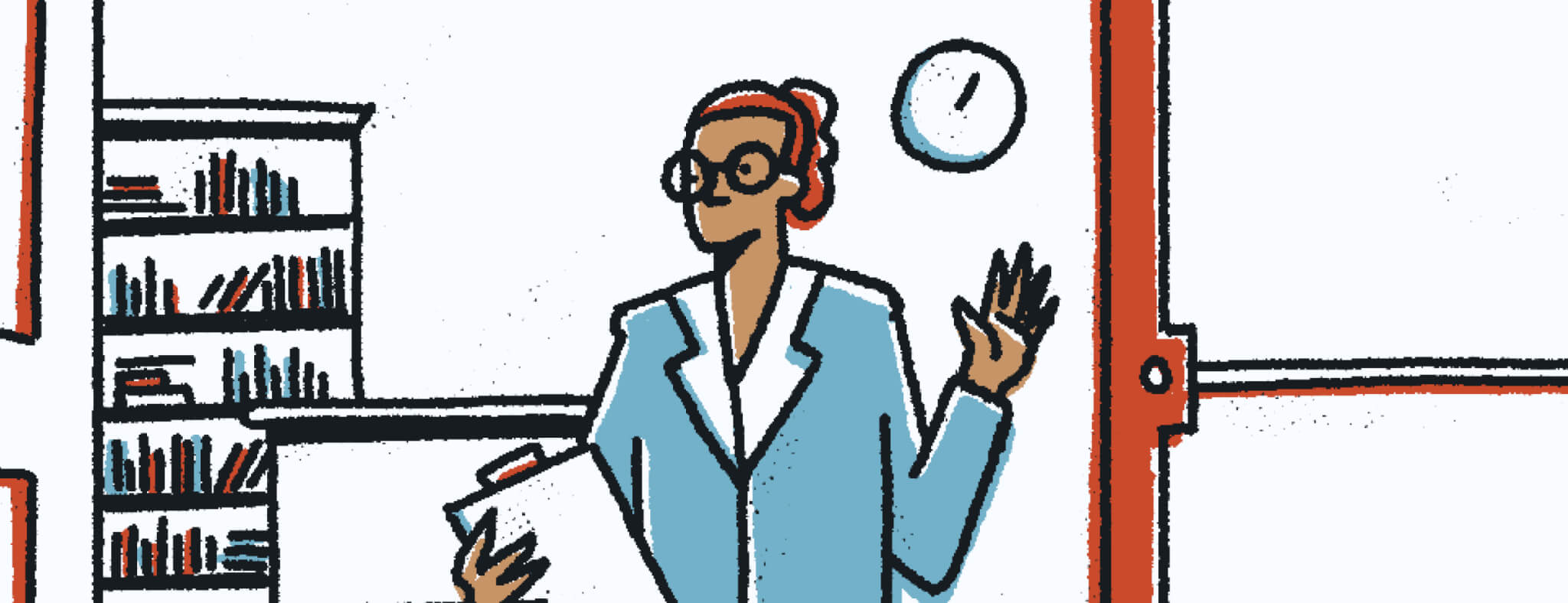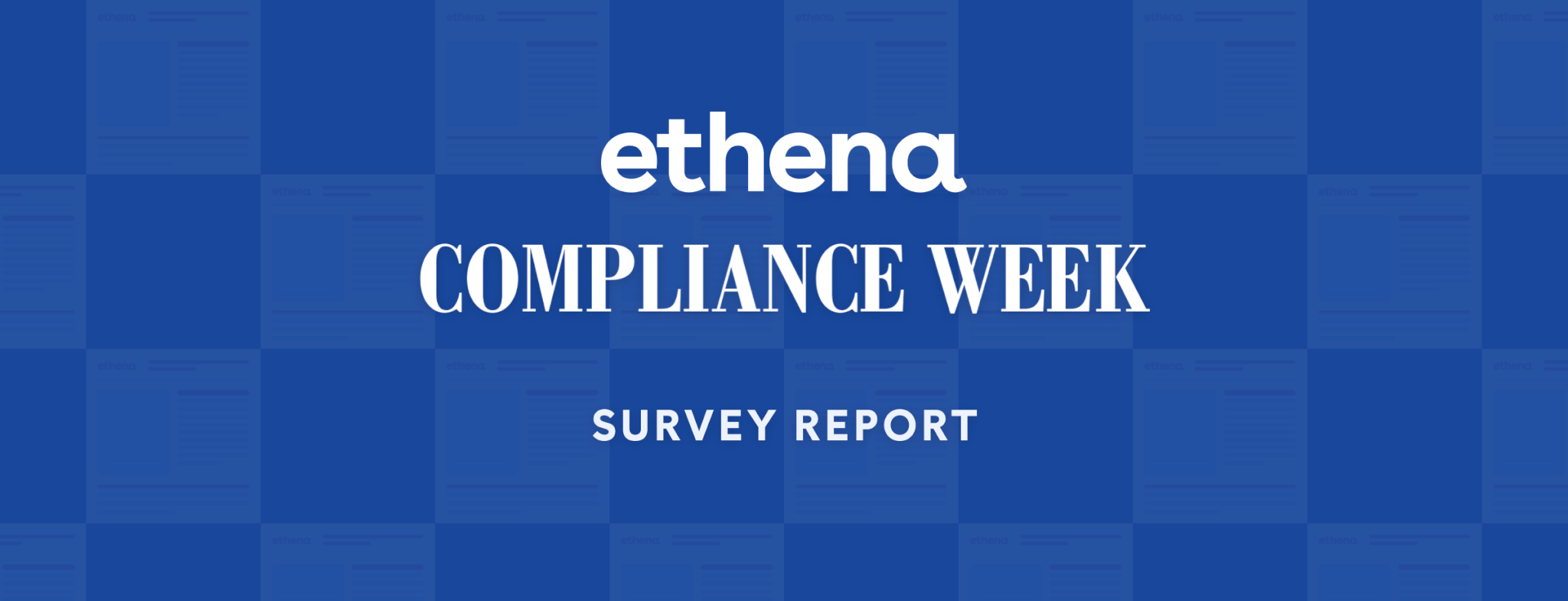Setting clear expectations with an employee during a workplace investigation interview can transform a tense situation into a constructive experience. When employees know the process, feel supported, and understand their role, they’re more likely to engage openly and partner with you effectively. It’s all about creating a sense of fairness and transparency that strengthens trust — even in the trickiest of situations.
Here’s how to guide employees at each stage — before, during, and after the interview — to ensure the experience is respectful, transparent, and aligned with the values of your workplace.
Before the interview
First thing’s first: let the employee know what’s coming.
Reach out to schedule a live interview. Provide a brief overview of what you’ll be discussing, any applicable obligations within the process, and a copy of relevant policies for them to review in advance. Ask them to gather and share any relevant documentation they may have so you can review in advance.
Note: Messaging will vary depending on whether you’re reaching out to the Accuser, Accused, or a Witness, but here’s some sample language for the Accuser that you can lean on:
Hi [Accuser Name],
In response to the harassment complaint you submitted against [Accused Name], I wanted to let you know that we're conducting an investigation and I’ll be scheduling time on your calendar later this week to interview you.
In order to ensure a fair, speedy, and thorough investigation, it’s important that you not discuss this situation outside of your conversations with me.
Your cooperation in this process is required. Please make sure to share any relevant documentation with me for review ahead of the interview. Additionally, please see attached for our [Anti-Bullying and Harassment Policy, Anti-Retaliation Policy, etc]. I’ll share additional details and next steps during the live discussion, but please reach out if you have any questions before then.
During the interview
When the interview begins, start by setting the stage.
Reiterate the purpose of the interview: that it’s part of an investigation to clarify facts, not to assign blame or jump to conclusions. Outline the structure of the conversation, letting the employee know that there will be a series of questions, and they’re welcome to provide any additional context or details. You can even mention that it’s fine if they need a moment to think or take breaks. Creating a calm environment will help them feel respected and can reduce the chance of defensiveness.
Hi [Accuser Name],
Thanks for coming in today. We take your concerns seriously, and our goal is to ensure a fair and thorough investigation. I want to go over a few things before we start.
First, please know that this conversation is confidential. I ask that you don’t discuss it with anyone, since this helps us protect the integrity of the investigation. We’ll also do our best to keep the details of your statement private. However, I may need to discuss aspects with others involved in the process as necessary.
I’ll be taking notes to ensure accuracy, and you’ll have the chance to confirm your account. You can expect regular updates as the investigation proceeds, though I may not be able to share every detail due to privacy concerns.
Finally, please be aware that while we’ll strive to resolve this quickly, investigations sometimes take time. We want to be thorough and fair to everyone involved.
After the interview
Once the interview wraps up, thank the employee for their time and cooperation. Let them know what to expect next; whether that means more interviews, a review period, or a timeframe for when you’ll follow up, and make sure to solicit any important questions. Providing this level of transparency helps prevent them from feeling left in the dark about what’s going on behind the scenes.
Thanks for sharing everything today, [Accuser Name]. I want to reiterate that we’ll handle this information as carefully as possible, and we’ll follow up with any additional questions if needed. Moving forward, our next steps include interviewing others involved and reviewing any relevant documents. As mentioned earlier, I may not be able to share every detail for privacy reasons, but I will keep you informed on the progress we’re making.
If you think of any additional information or if new events occur related to this, please reach out directly to me. I’m here to support you, and I'm grateful for your cooperation as we work through this together.
The bottom line
Clear expectations create a structured environment where employees understand the purpose, boundaries, and confidentiality of the investigation. This approach minimizes misunderstandings, reduces anxiety, and strengthens trust in HR’s process, which ultimately supports a fair, thorough investigation.









